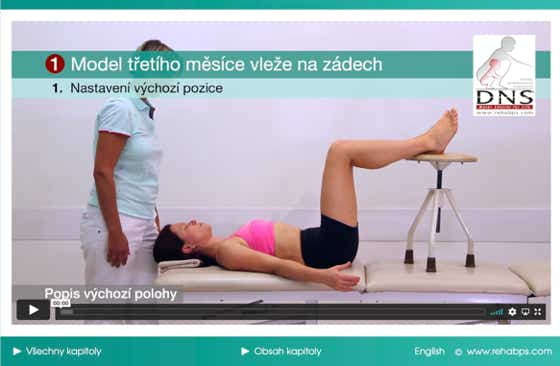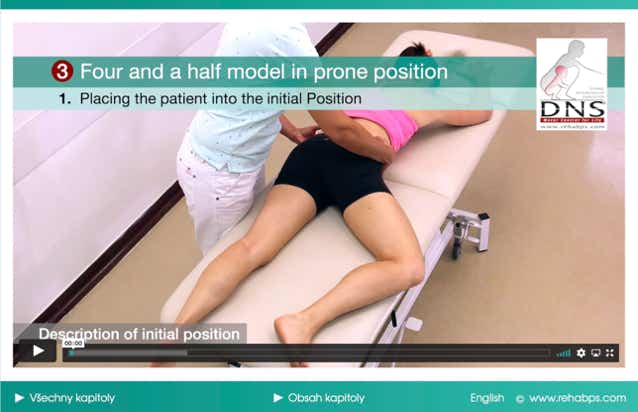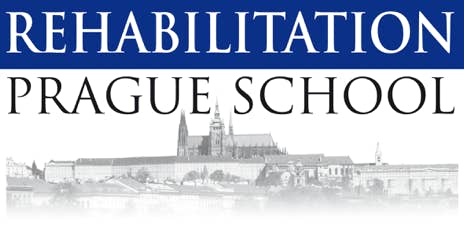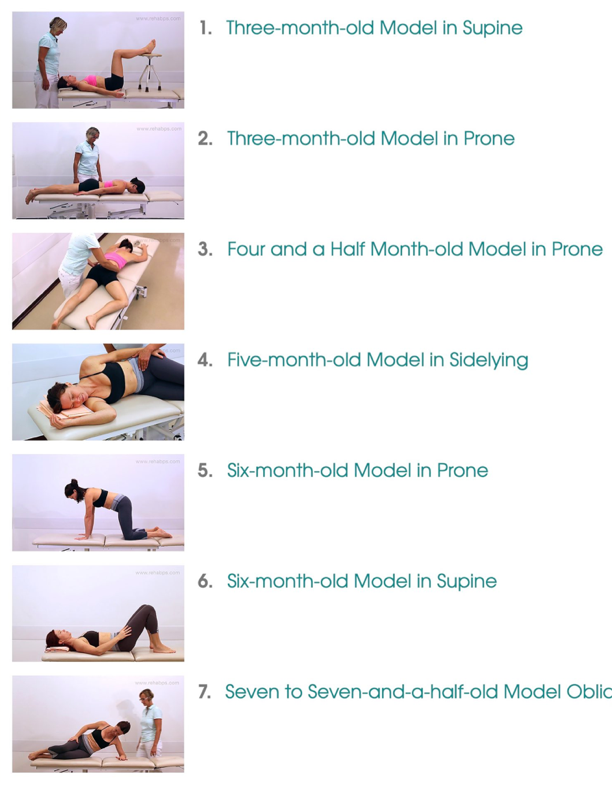Exercises in Developmental Positions

Contains 17 videos with a total length of 81 minutes
This video collection presents the most common developmental positions used to train postural and locomotor functions in DNS. The videos consist of a detailed description of each developmental position, manual corrective techniques and verbal instructions used by the therapist to attain optimal positions and movements while ensuring functional stabilization of the support segments. Every position presents several modifications, including exercises with weights, resistance, transitional movements between individual positions, as well as, the training of the entire verticalization process known as “DNS Movement Flow.”
The presented videos serve as a practical tool for therapists and coaches who are interested in utilizing exercises in the developmental positions based on the DNS concept.
Video content sample:


Dynamic Neuromuscular Stabilization - Exercises in Developmental Positions
Look at the video sample:
Dynamic Neuromuscular Stabilization (DNS) according to Professor Kolar, is a functional diagnostic treatment approach based on the principles of developmental kinesiology. The DNS concept is based on the fact that correct body posture and correct movement flow are dictated by the body posture and movements of healthy children. During the first years of life, despite not being taught, healthy children automatically attain the ability to maintain body posture and movement in space. All children develop motor skills in the same way because the development of movement is genetically coded and depends on the function of a healthy nervous system. Since the patterns observed in all healthy children are genetically predetermined, the DNS concept assumes that these movements are optimal, meaning that healthy children demonstrate correct body posture as well as correct types of movement behavior. In adults, posture and movement quality are often disturbed as a result of abnormal loading of the movement system. This can be caused by undesirable movements, sports, sedentary work postures or as a result of orthopedic, neurological and other disorders.
The DNS concept compares a patient’s posture and their movement patterns to the developmental models of healthy infants. This comparison then identifies the discrepancies that need to be treated with therapy. DNS therapy approaches are based on the principles of exercises in developmental positions. Any developmental position can serve as an exercise position. The emphasis is placed on a precise position in every joint and on the coordination of trunk stabilizing musculature, which include abdominal, pelvic floor and back muscles. Learning correct breathing techniques during exercise is also a vital component of DNS therapy as it is important for the patient to become aware of and master the coordination of the correct breathing and efficient movement patterns. The goal of therapy is to balance the effect of the internal forces of the muscles that act on the spine and the joints. DNS therapy is mainly an educational process that teaches the patient how to optimally engage spinal and joint stabilizers in static positions, as well as, during movement. During therapy, the patient initially exercises under the guidance of a physical therapist who corrects their posture and movement. With time, the patient learns how to recognize and correct mistakes during exercising. The patient practices at home in precisely defined exercise positions and, as a result of these repeated and regular exercises, the patient masters the ideal movements. In an optimal situation, the patient then uses correct posture and coordinated movement during activities of daily living, at work and during sports.
Czech Get Up
Look at the video sample:
This video demonstrates the principles and sequences of DNS exercise within verticalization process with the Kettlebell weight. Video length is 8 min and included detailes commentary to describe the movement in detail.




